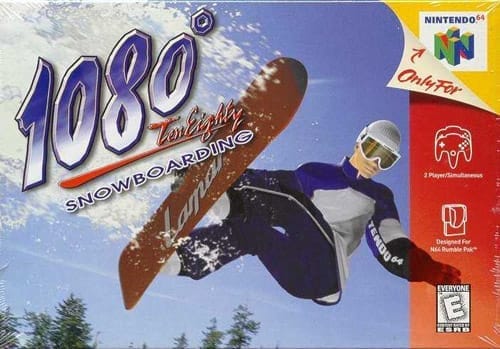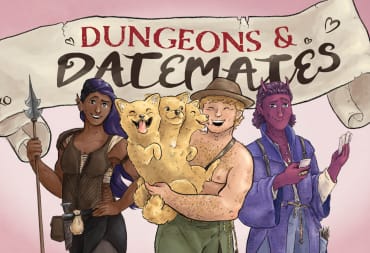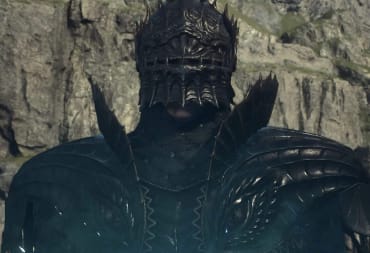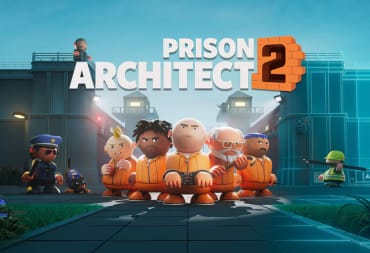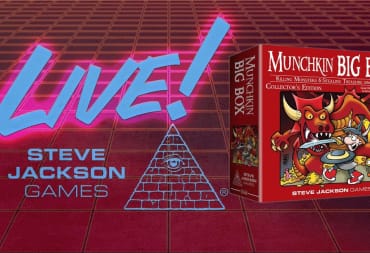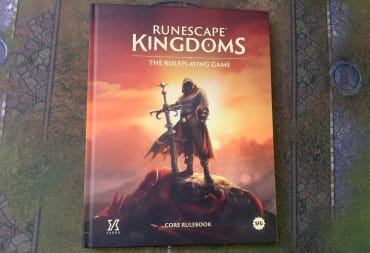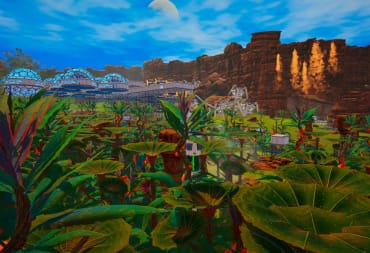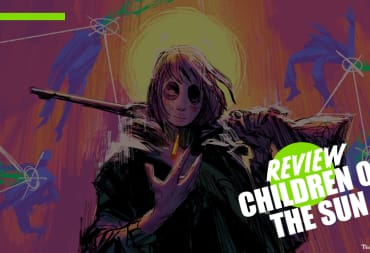When gamers think of snowboarding games, they usually think of the SSX franchise, Shaun White or Amped. But before these popular franchises came a game called 1080°. Released in 1998, 1080° (pronounced ten-eighty) was one of the earlier attempts at making a snowboarding game in 3d space. 1080 was praised on its release for its impressive (for 1998) graphics, realistic atmosphere and down to earth gameplay. Though it hasn't aged perfectly in every respect, 1080 was still pretty fun to pop in and play after a 15 year break from the game.
Being an N64 game, 1080 does suffer from some limitations of the time. The draw distance is hilariously close, resulting in entire forests appearing out of nowhere, which can lead to crashes if the player is not careful. Not only that but the game starts to dramatically drop frames whenever two boarders are on the same screen or whenever snow gets kicked into the air. Again, since the game is from 1998, it would feel really obtuse to say that this is a reason to not play the game. 1080 is enjoyable despite these limitations due to its deep (for the time) character and board choice and multitude of game modes and maps.
To start off the game, the player chooses from a group of riders: an American, a British man, a Canadian and a Japanese man and woman. Each rider has their own stats that makes them good for different situations. Some maps are made for people with better technique than people with a higher top speed. That coupled with a number of boards, each with their own stats, makes the character selection pretty robust for its time. Some characters are better for racing than they are for trick attacks and vice versa. This keeps the gameplay fresh and prevents an end all be all combination that is just better than the rest.
1080 has an impressive number of game modes for an N64 title. There is a trick attack mode, where the player tries to get the highest score possible; time attack; a 1v1 multiplayer; training mode, where players can try to master the trick list (more on the tricks later); a contest mode, where the final score is added up based on race times and trick attack sessions; and a match race mode, where the player is matched with a random AI in a series of races with three lives.
By far the hardest mode is match race. This is because the player is able to lose a match race in two ways – coming in second and taking too much damage. The amount of damage dealt to the player is based off of how hard they fall and how many times they hit the ground before getting back up. Adding a damage meter to a racing mode is a definite way to crank up its difficulty.
"Difficult" is a good way to describe 1080. Everything about the game is difficult, down to its tricks. In order to properly do a trick, the player must do the exact button combination, sell their soul to the devil, sacrifice a goat to said devil and hope they're in a good mood at that time. The button combinations become more and more difficult as players try to add more rotations to a turn. If the player doesn't hit the precise combination with the correct timing, their attempt at performing the titular 1080 (full circle+R, full circle+R+B, full circle+R+B+Z) will result in them hitting a 180 and a bunch of grabs. Making the trick system this difficult gives the game a steep skill curve that feels incredible to get over. Stringing together 1080's in 1080 feels much more satisfying than doing some crazy over the top move in newer Tony Hawk titles and the SSX franchise.
1080 represents a time in video game history when extreme sports games were more down to Earth. One of the most difficult things to do in 1080 is a 1080, which means that there isn't much that gets crazier than a 1080. It doesn't get its appeal from being able to get off your board in mid-air, flip it around your back and then start doing the funky chicken before landing. In 1080, the player has to get a precise button combination in order to hit a move that one could perform in games like Tony Hawk Underground by holding down R for a couple of seconds. However, hitting that 1080 and hearing the announcer yell it out is incredibly satisfying and makes the game worth it. There are some clunky features that don't necessarily age well, but 1080 is a fun game once you get over the skill curve.
Disclosure: This game was reviewed on the N64 with a copy of the game that the reviewer already owned.
Review Summary
Though 1080 shows its age from time to time, playing the game is still satisfying. The combo system gives the game a steep learning curve, but when hitting a 1080 for the first time felt like an incredible accomplishment. The game takes a more down to earth approach to snowboarding which is appreciated. Fans of board sport games should take a look at games like 1080 and Tony Hawk's Pro Skater if they want to see what the predecessors to games like SSX were like.
(Review Policy)Have a tip, or want to point out something we missed? Leave a Comment or e-mail us at tips@techraptor.net
